Souvenirs are precious memories from faraway places and Japan is known for its artistic, historical, and gourmet offerings.
The kimono is possibly one of the most iconic Japanese souvenirs, but they don’t tell the whole story of a nation rich in history, culture, and tradition.
Souvenirs, or omiyage, are one of the best things to come out of any trip, and Japan has hundreds of options to delight your loved ones at home. Here is our definitive list of the top 10 omiyage you can find during your stay in Japan.
Yukata
Kimono is probably the most famous Japanese garment, but they are pricy and difficult to transport, so yukata makes an excellent alternative.
These beautiful cotton robes were traditionally worn by both men and women at summer festivals or sento (bathhouses), but their popularity has spread into everyday life.
Historically, yukata were neutral colors, but in recent years they have begun to be decorated in complex artworks, prints, and a myriad of colors.

To echo the history of these robes – you should wear them folded with the left side over the right, and layer them with an obi to keep the robe in place.
Although these robes have a long tradition, they are typically only worn on hot summer days or during visits to bathhouses, so be mindful of when you wear them.
You can expect to pay between 3,000 and 10,000 yen for a yukata, but that is certainly money well spent.
Origami Paper
The ancient art of paper folding has existed for so long that historians still debate over where it originated.
It is widely believed that the art form began in Japan over a thousand years ago, but some historians believe it may have originated in China – as they were the first culture to invent paper.
Either way, origami has long been associated with Japan, and the word itself is comprised of two Japanese characters: ori, meaning folded, and kami, meaning paper. In Japan, you may find origami referred to as kami to this day.
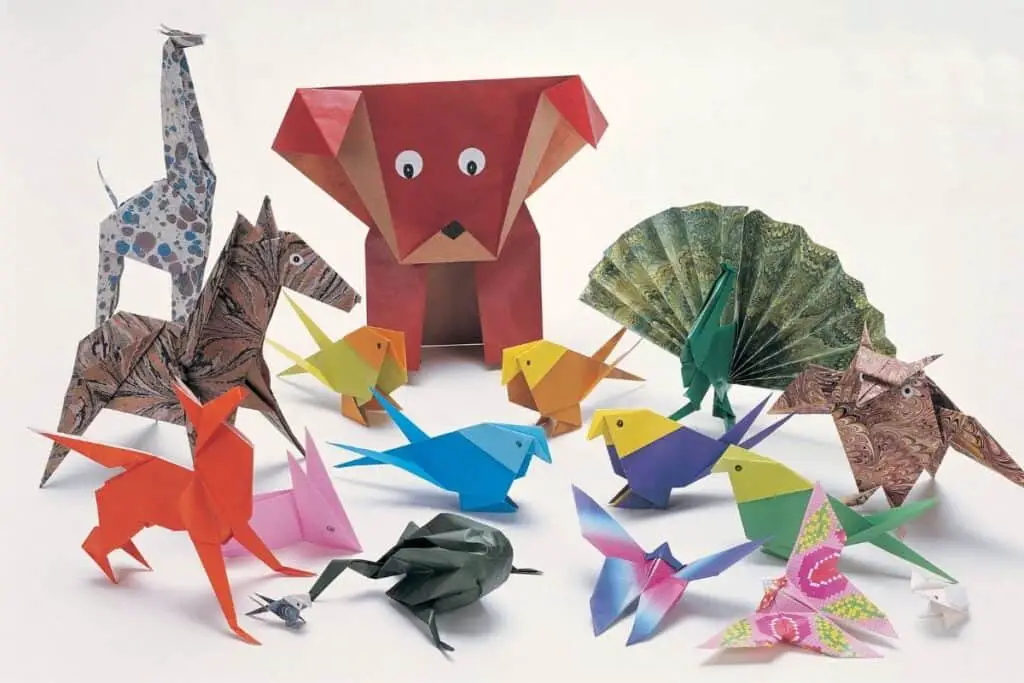
When origami was first popularized in Japan the law dictated that it should only be practiced by members of the Imperial Court because the paper was so rare and so valuable.
Over time origami became a token of luck among Samurais, a promise of good fortune at weddings, and skill to be practiced for both adults and children.
Origami paper makes an excellent gift from Japan, as it is relatively inexpensive, but is steeped in centuries of deep history and tradition.
Sakura
The cherry blossom festivals of Japan are world-renowned, but the blossoms are more than just beautiful to look at – they are also a delicacy.
Japanese cherry blossoms, or sakura, are either preserved in salt or pickled in vinegar, and their uniqueness to Japanese cuisine makes them an excellent souvenir. Locally, the blossoms forgo preservation to be enjoyed in sakurayu, a tea for wedding ceremonies.
For a true taste of authentic Japanese culture, rinse salted Sakura blossoms to remove the salt then soak them in hot water to make sakurayu, a traditional tea typically served at weddings.
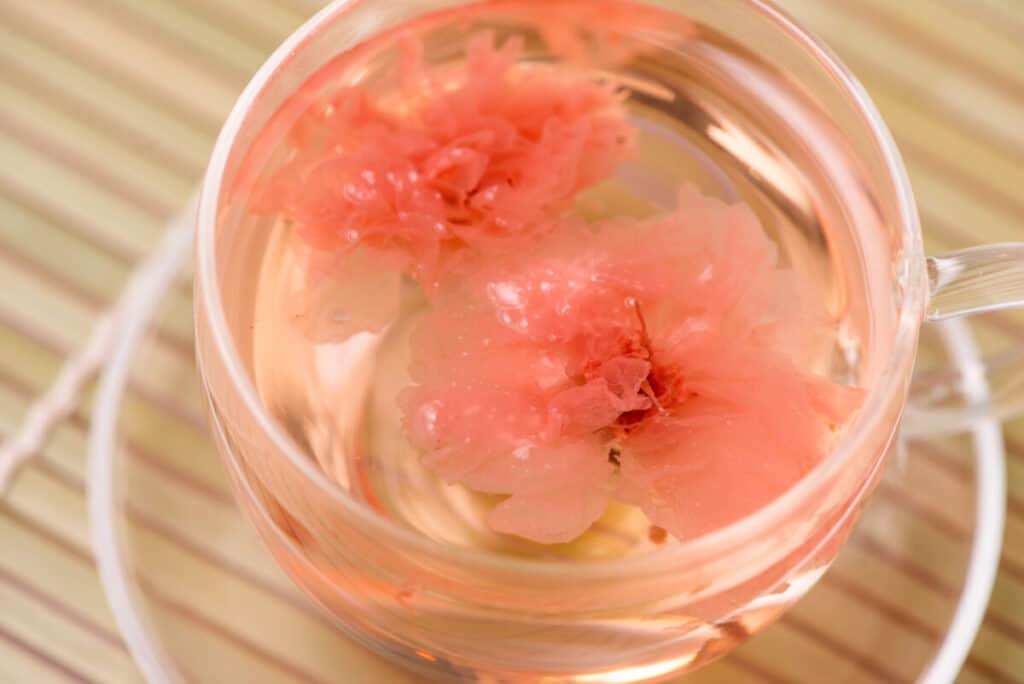
Okiagari-Kobōshi
Okiagari-kobōshi was first mentioned in a play from the 14th century but likely has a history reaching further than that. The name translates to “getting up little boy” or “priest who gets back up”, and they have long been seen as a symbol of luck.
These traditional paper-maché dolls are hollow with a weight to ensure they will rock upright when pushed over. As such, they are seen as symbols of prosperity, perseverance, and resilience.
These characterful dolls are typical gifts for young children from a well-wishing relative. When choosing an okiagari-kobōshi doll it is customary to push several down at once: the one who springs up first is the luckiest.
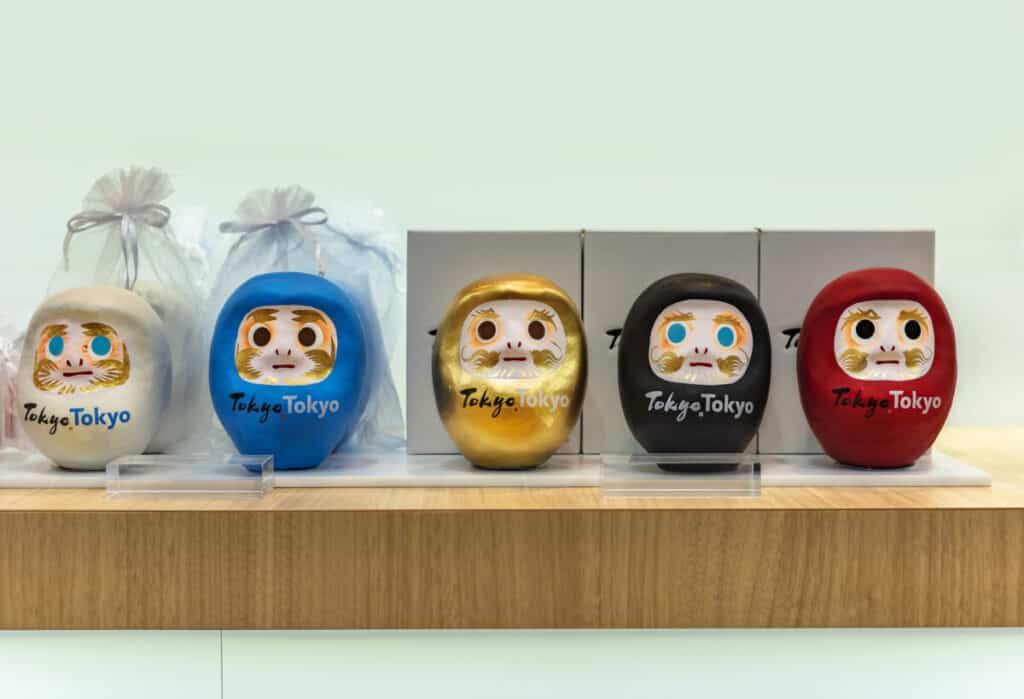
Ukiyo-e
Ukiyo-e have given rise to one of the oldest art forms still practiced in the modern world.
They are woodblock prints that can be used either as an ornament in themselves or to print images onto paper or cloth.
Ukiyo-e trace their roots back hundreds of years to at least the 1600s where they were used as a way for merchants to revere in their success.
At this time, in the Edo period of 1603 – 1868, ukiyo-e were used to display the lifestyles of female beauty, sumo wrestling, and the pleasure of courtesans.
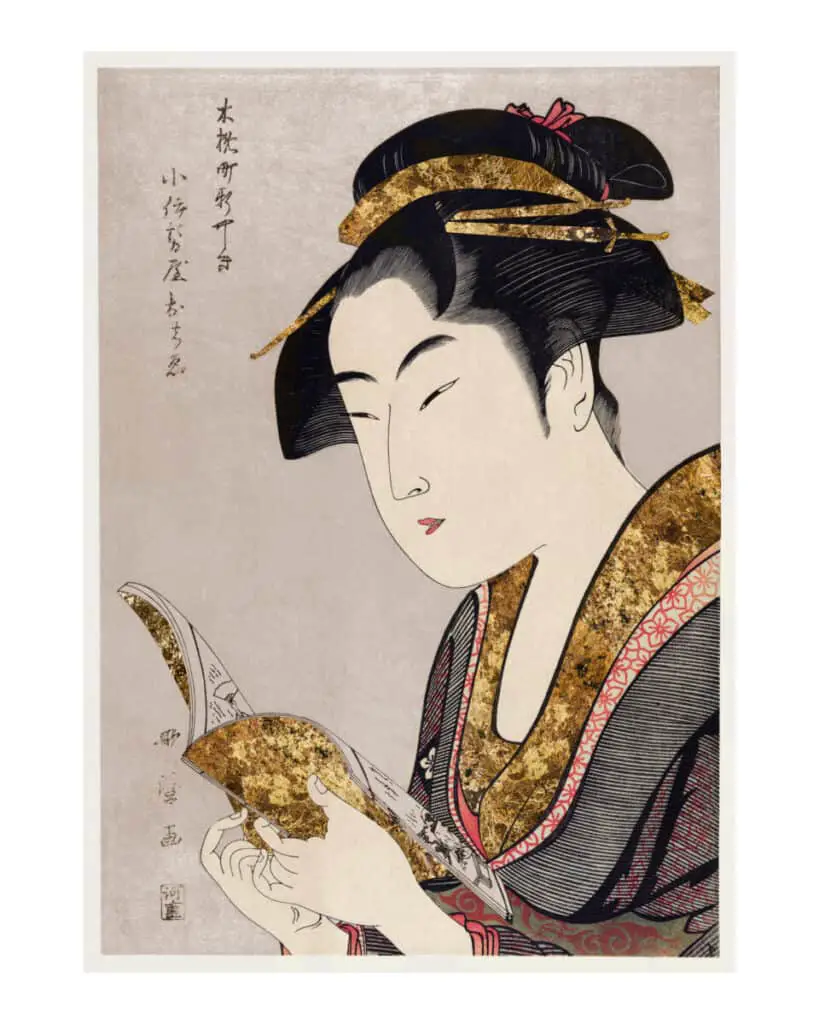
Hokusai Museum Official Website
The woodblocks began to be painted with bright colors, detailed with extraordinary art and printed into vast paintings (called sumi-e) – all of which led to their security on the stage of international art.
Several museums exist across Japan that displays thousands of ukiyo-e and sumi-e. This artform paved the way for Japanese art in the Western world, and its affordability and history make ukiyo-e a worthy addition to any souvenir collector.
Kanzashi
For some – the image of a geisha or maiko has become synonymous with Japan. One of the things closely associated with this elegant feminine tradition is their complex hair adornments, which you too can find when looking for souvenirs.
Kanzashi hair ornaments are an essential part of the geisha tradition, and their history goes back to the Jōmon period from 14,000 – 300 BCE where kanzashi were believed to protect against evil spirits.
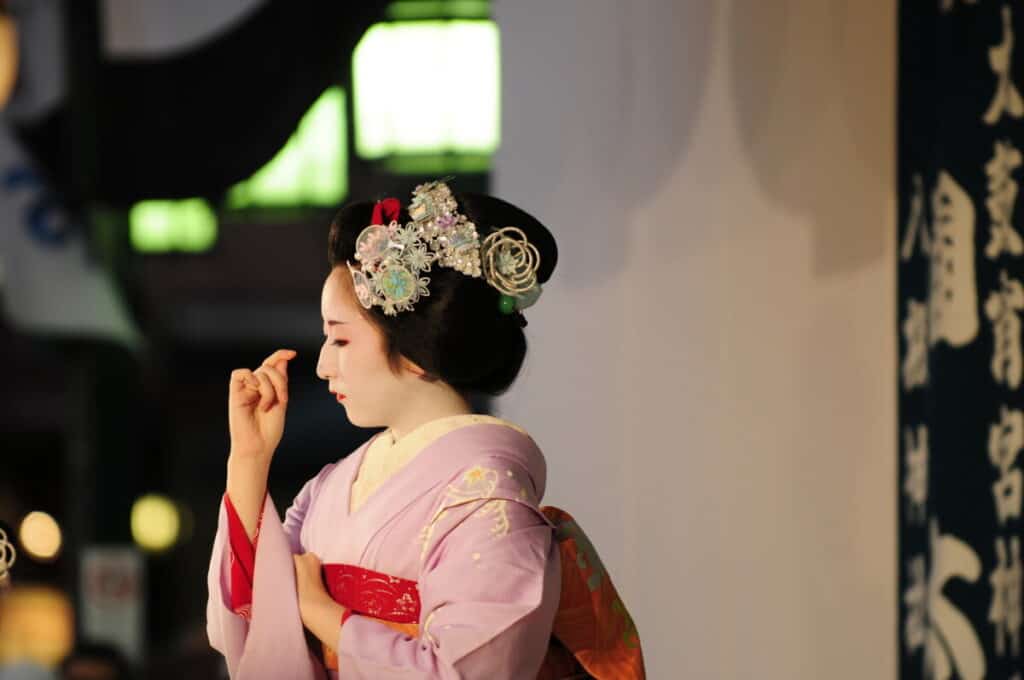
Kanzashi have many forms – one of the most ancient is tama kanzashi, a single-pronged hairpin decorated with a single bead.
In summer the bead is green, and in winter it is red – so these are a perfect gift for loved ones with a keen sense of changing time, and a keen interest in Japanese culture and history.
Sensu
For those of us with a lower budget, sensu fans are an excellent souvenir for your time in Japan. Although simple, these fans are full of history, and even the cheapest still bear the mark of an ancient custom.
As we’ve mentioned above, China invented paper, so the rest of the world depended on other means.
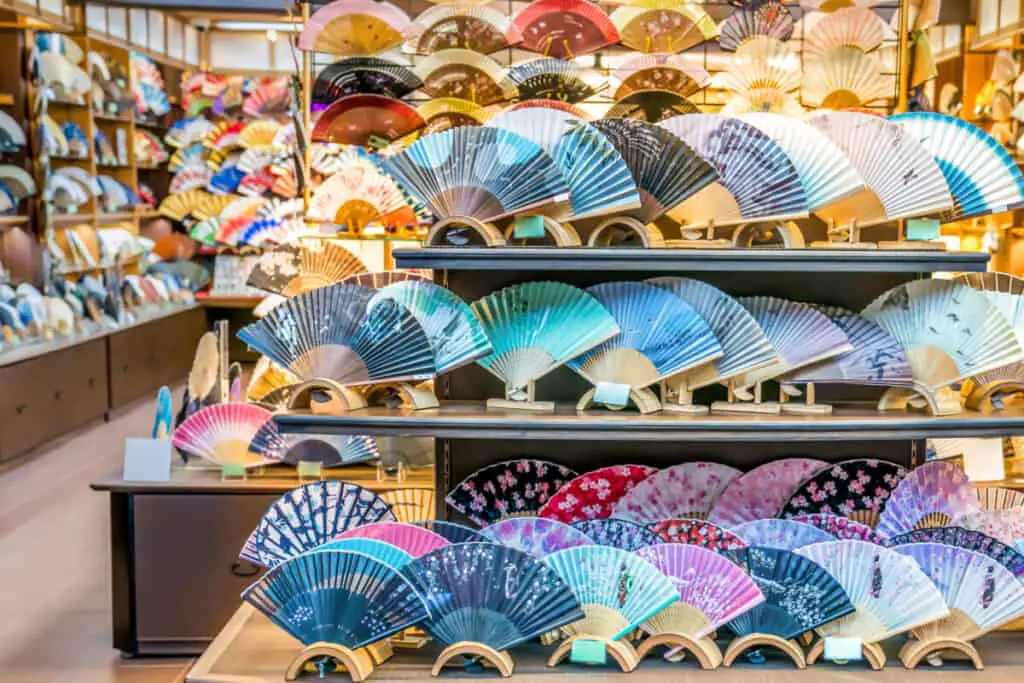
Japanese sensu were originally long pieces of wood, threaded together to be folded open and closed. These were used to keep notes, records, and accounts in the Imperial Court.
The appearance of sensu in the court foresaw their popularity as a fashion accessory used to advertise education and importance.
Once the paper was added to sensu they were used exclusively by members of the Imperial Court and priests during religious ceremonies.
Nowadays, Japanese sensu must be made in two places: Tokyo or Kyoto, fans that meet this qualification are called either Kyo-Sensu, or Edo-Sensu.
Sake
Over time, sake has become well known around the world. Sake has been a popular part of Japanese culture for over 2,500 years, yet despite its growing popularity in the west, the best sake is always Japanese made.
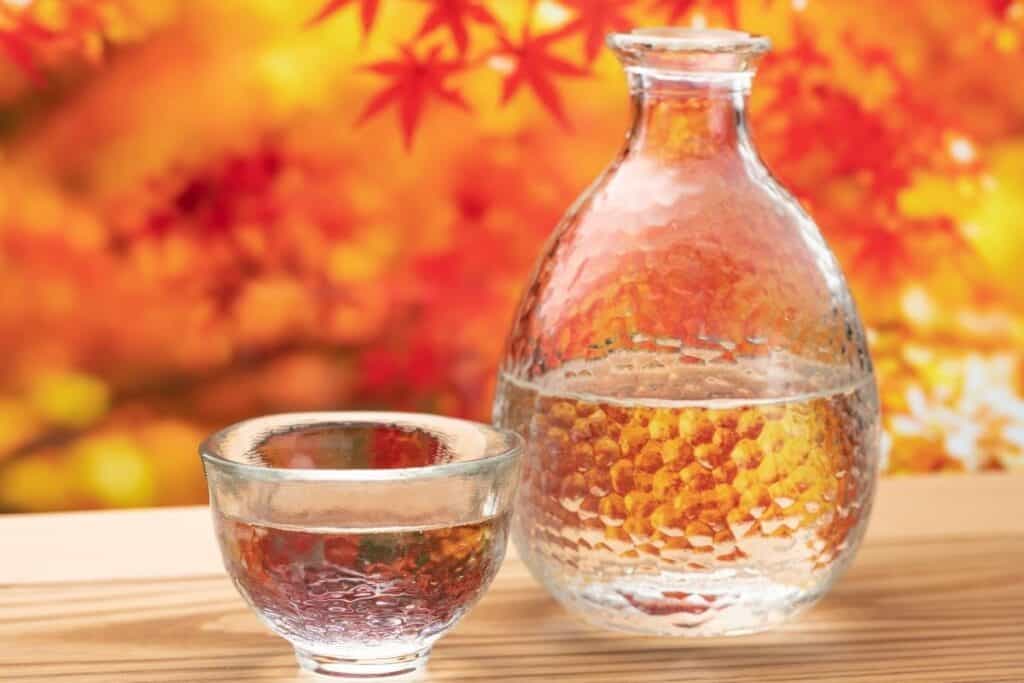
Sake Subscription Service From Japan Via Tippsy
Although sake is called “rice wine” it is actually much closer to beer due to its use of grains, fermentation, and filtration.
Sake is an alcoholic drink made with polished rice, yeast, water, and koji (rice mold) and typically features herbal, spice, and floral notes.
When searching for sake in Japan, bear in mind that it may be labeled as seishu, meaning “refined alcohol”. In Japan, sake is a party drink, a ceremonial essential, and a proud export.
Furin
Almost every culture has something that resembles wind chimes, and Japan is no different. During stormy seasons, Japanese people hang a bronze bell called futaku in their doorways as a way of alerting them to possible storms.
But in summer months they favored furin, a delicate glass windchime that fills the garden with music in a summer breeze.
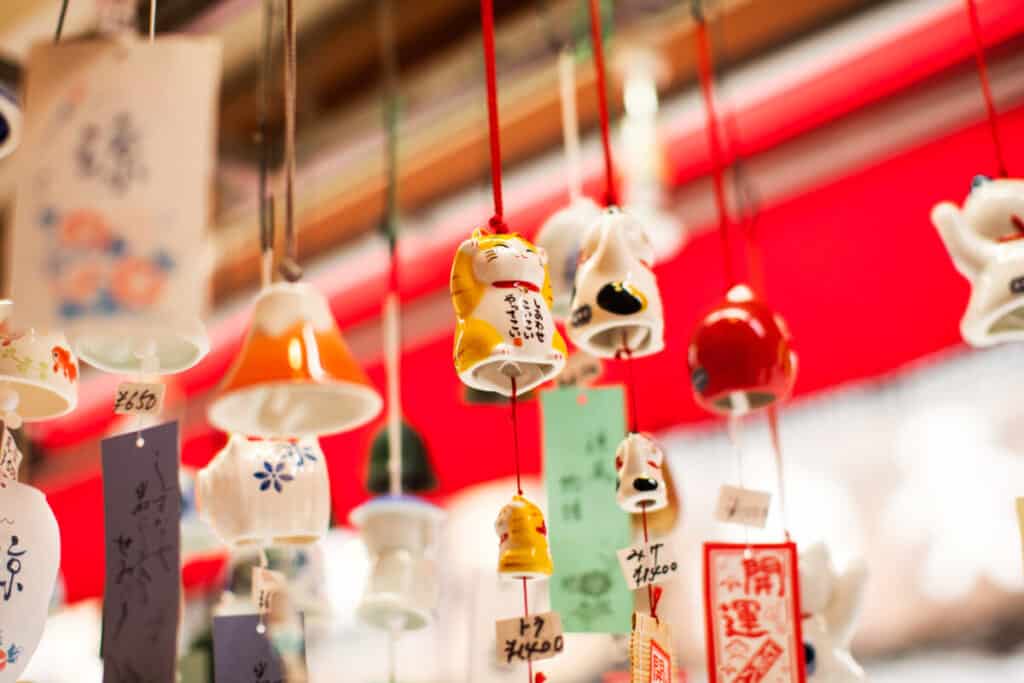
Furin typically features a fine glass dome under which lies a glass Zetsu (clapper) to chime against the glass bell. These wind chimes are believed to protect against evil spirits and keep the household clear of illness.
When shopping for souvenirs, you can find many variations of furin, often with intricate paintings inside the glass dome and with paper attached to the zetsu to help catch the wind.
Umeshu
Unripe green plums, shōchū, and sugar are all it takes to create the delicacy that is umeshu, or Japanese plum wine.
No list of souvenirs would be complete without Japanese plum wine, but it’s worthy to note that this tasty beverage is best enjoyed more as a liqueur than a wine, served chilled and over ice.
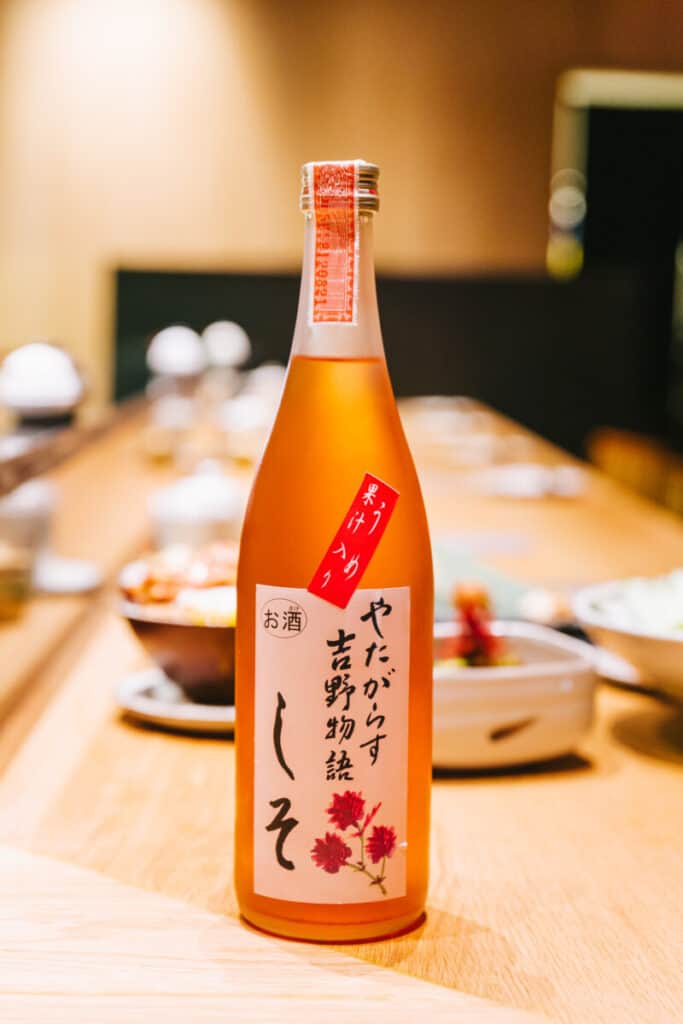
If you are looking for a traditional plum wine then keep an eye out for anything labeled as Honkaku Umeshu for a guarantee that you are purchasing authentic wine made from ume plums, alcohol, and sugar.
Elegant Souviner Shop In Tokyo
Oriental Bazaar Harajuku Main Branch Via Tripadvisor










